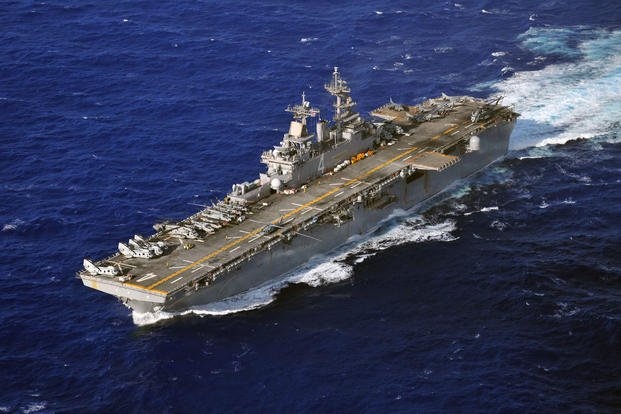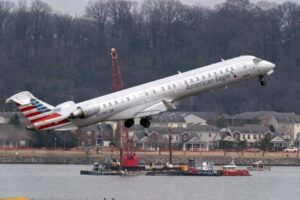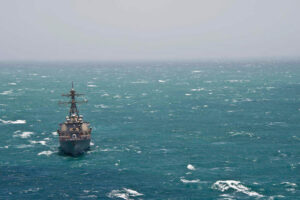The readiness of the Navy’s amphibious ship fleet, a critical component for the Marine Corps’ global deployment capabilities, is under scrutiny following a revealing Government Accountability Office (GAO) report. The report highlights significant deterioration in half of the Navy’s 32-ship amphibious fleet, leading to extensive delays in training and deployment for the Marine Corps.
According to the GAO report released on Tuesday, these ships, which are vital for the Marine Corps’ rapid deployment strategy, have been out of service for prolonged periods. This state of disrepair has not only affected operational readiness but has also raised concerns about the ships’ ability to meet their intended service life.
The Marine Corps has consistently voiced its concerns over the condition of these ships, which has hindered the deployment of units from strategic locations such as the East Coast, West Coast, and Japan. Lt. Col. Josh Benson, the Marine Corps’ head spokesperson, acknowledged the report’s findings, stating that the current state of readiness impacts the Corps’ capacity to support combatant commanders’ needs and limits their global crisis response capability.
Real-World Consequences
The degradation of the amphibious ships has caused delays in deployments and created coverage gaps, preventing timely returns for Marine Expeditionary Units (MEUs). The Navy has committed to building and maintaining 31 amphibious warships as mandated by Congress, with plans to procure additional ships.
The GAO report indicated that between 2010 and 2021, maintenance delays resulted in 28.5 years of lost training and deployment time. Notably, during the 2022 Russia-Ukraine conflict, no MEU was deployed, and in 2023, Marines were unable to evacuate U.S. citizens from Sudan and respond to an earthquake in Turkey.
Gen. David Berger, the top Marine general at the time, expressed his disappointment to Congress, stating, “I feel like I let down the combatant commander.”
Public Breakdowns
Despite efforts to maintain operational security, the condition of the amphibious fleet has become evident through public breakdowns. In 2024, several incidents involving the USS Boxer were reported, highlighting a range of issues from engineering failures to leadership challenges.
In April, the USS Boxer returned to port just 10 days into its deployment due to a broken rudder, and in August, it was seen emitting smoke in San Diego Harbor. Navy officials downplayed these incidents, but internal reports revealed significant ongoing issues with the ship and its deployment group.
Other ships, such as the USS Wasp and USS Iwo Jima, have experienced similar challenges, including propulsion and engineering failures that forced them to return to port for repairs.
The GAO noted that the aging steam-driven ships, including the Wasp and Boxer, face diminishing manufacturing sources for crucial parts, posing a significant challenge as the Navy seeks to extend their service life beyond 40 years.
Role Reversal
The current predicament marks a stark contrast to the past when the Marine Corps was not utilizing the amphibious ships to their full potential. Now, with the Marine Corps emphasizing amphibious operations in the Pacific, the availability of MEUs is essential, yet the ships are not ready.
Maintenance issues have plagued the fleet since 2010, with a significant portion of depot maintenance periods extending beyond their planned end dates. The situation has worsened with Congress blocking the Navy’s plan to decommission older ships, leading to further deterioration due to canceled maintenance.
As of now, only one out of ten LSD ships is in satisfactory condition according to the Navy’s standards, exacerbating the challenges faced by the Navy and Marine Corps in maintaining fleet readiness.










